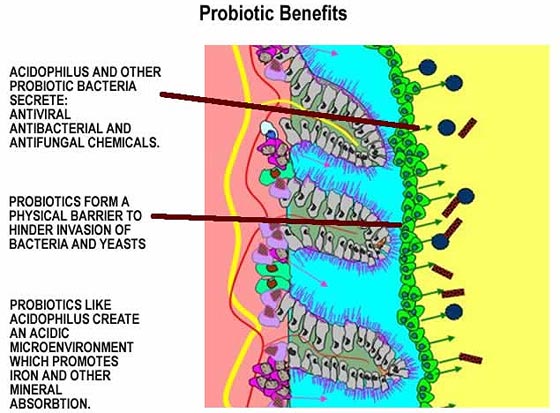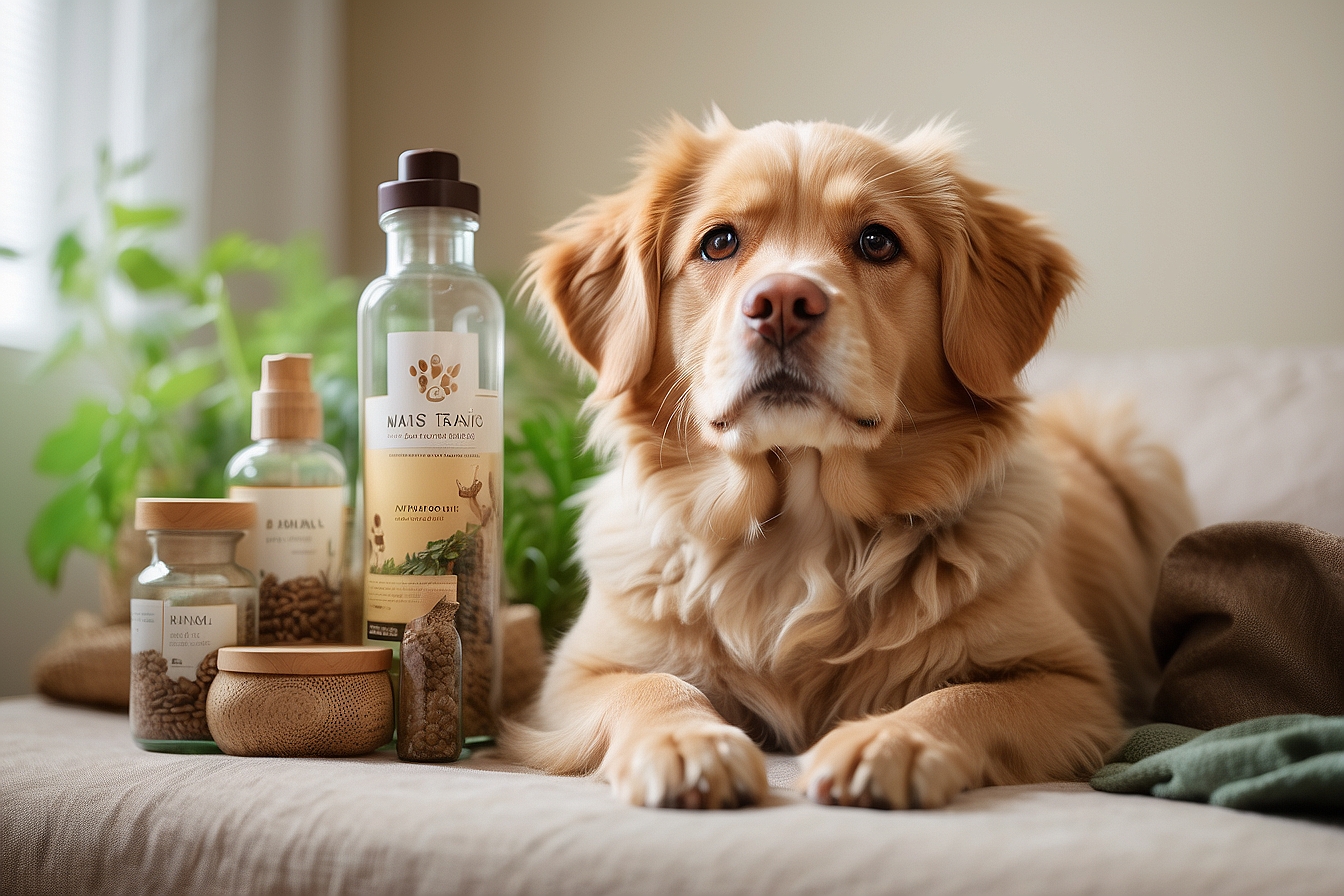Looking back just ten years ago, no one was talking about probiotics or prebiotics. While kombucha’s growing popularity has made probiotics a health buzzword, little about prebiotics, or what the difference between the two is, has been discussed. It turns out that both are extremely necessary for efficient digestion and an overall healthy body.
Probiotics vs. Prebiotics
Probiotics are microorganisms, such as bacteria or yeast, which reside in the human intestinal tract. Specifically, these microorganisms attach to the intestinal wall and maintain the pH level of the intestine. In doing so, probiotics help prevent infections and yeast overgrowth, as well as improve digestion and aid in vitamin production. Examples of vitamins that probiotics help produce include vitamin K, vitamin B12, vitamin B5, and biotin.1 Overall, probiotics help to boost the immune system, have anti-inflammatory properties, and have even demonstrated in some studies to help prevent certain types of cancer.2
 i
i
On the other hand, prebiotics are oligosaccharides, which are several types of sugar molecules linked together. Prebiotics are fiber found in the food we eat, but they are not meant for us to digest. Their purpose is actually to be the food source for probiotics. Other than helping probiotics flourish in the intestinal tract, prebiotics help regulate blood sugar, reduce appetite, increase satiety, and lower triglycerides (which are linked to cholesterol levels).3 A German study also showed that prebiotics might be linked to stopping early-stage colon cancer because they help kill vulnerable early-stage cancer cells in the colon.4
Probiotics and Prebiotics in Food
Any food that is cultured or fermented contains probiotics.
Examples of probiotic-rich food include:5
- Yogurt
- Kefir
- Buttermilk
- Aged cheese (e.g. cheddar, Parmesan)
- Pickled vegetables (e.g. kimchi, pickles)
- Sourdough bread
- Fermented barley, soy, or rice (e.g. miso, tempeh)
- Kombucha (a fermented tea)
- Beer
- Wine
Examples of prebiotic-rich foods include:6
- Raw chicory root (the best source because it is almost 60% fiber)
- Raw Jerusalem artichoke
- Raw garlic
- Raw leeks
- Raw onions
- Whole wheat
- Legumes
- Asparagus
- Bananas
- Barley
- Rye
- Tomatoes
Now that we know where to find prebiotics and probiotics, what are the recommended serving sizes of these foods? For example, most of the foods on the prebiotic list only have 1-2 grams of fiber per serving, while we should be consuming at least 25 grams of fiber per day.7 If you feel as though your diet may not contain enough of these foods, you may want to alter your diet or look into supplement options.

It is also important to pay close attention to the brands you choose. For instance, Greek yogurt is an excellent source of probiotics. However, to ensure that you are eating yogurt that actually contains probiotics, look for phrases such as “contains active cultures” or probiotic names such as “Lactobacillus acidophilus” or “Lactobacillus casei” on the label. For best results, choose yogurts that contain more than one probiotic strain. When using yogurt in cooking, make sure not to heat it over 120 degrees Fahrenheit because high temperatures will destroy the probiotics.8 In general, probiotic bacteria can be killed from heat, stomach acid, or simply over time.9
Supplements
The best way to ingest probiotics and prebiotics is to consume foods that naturally contain them. However, in certain circumstances it may be beneficial to take supplements. For example, during and after a course of antibiotics, it is important to take probiotic supplements in order to replace the helpful probiotic bacteria, such as acidophilus and bifidus, that the medicine may have killed off while it was killing the harmful bacteria. Therefore, when choosing a probiotic supplement, make sure that it includes acidophilus. It is recommended that you take the probiotic for twice the length of time that your antibiotic treatment lasted.10
Another situation where it might be useful to take supplements is if you are taking other medications, such as the birth control pill or cortisone, both of which can negatively impact the intestinal tract. In women, recurring yeast infections are a telltale sign that the probiotics in the intestine have been compromised.11
Given that probiotics can die if temperatures are too high, make sure to keep probiotic supplements refrigerated. While you should always consult with your doctor before deciding the type and dosage of supplement you wish to take, Natasha Turner, a naturopathic doctor, generally recommends choosing a probiotic with 1-2 billion cells of lactobacilli and bifidobacteria to take once a day (without food) and a prebiotic that contains 4-10 grams of FOS and inulin per day. Some supplements even contain both probiotics and prebiotics, which can make the process of remembering to take daily supplements less overwhelming.12




